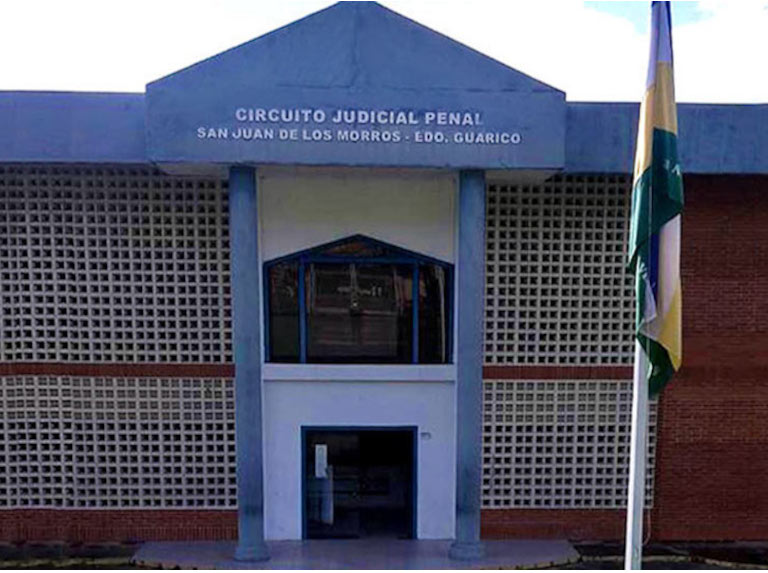A large part of the center and the coast of the country register a peak of temperatures with maximums between 33 and 38 degreeswhich will remain “very high” throughout the week and could lead to the ninth heat wave of the summer, while ten provinces and the city of Buenos Aires are under a yellow alert for extreme heat that “may be dangerous” for the health, reported the National Meteorological Service (SMN).
Since Monday, the central strip of the country and the coastal region have experienced a rise in temperature due to the entry of a mass of warm air from the north.
For this reason, as of this Tuesday begins “a new period with very high temperatures that will mainly affect the center of the country and the coast,” the SMN reported on its Twitter account.
?️⚠️SAT BY #TEMPERATURES EXTREME: #HEAT
?Slight to moderate effect on health
-Santa Fe, Entre Ríos, sectors of Córdoba, Corrientes, Sgo del Estero, Buenos Aires, La Pampa, San Luis, Mendoza and Neuquén.RECOMMENDATIONS
➡️https://t.co/BHn7ihtFdc https://t.co/d53G7kLchJ— SMN Argentina (@SMN_Argentina) February 28, 2023
Until the weekend, minimum temperatures between 22 and 25 degrees and maximum temperatures that will be between 33 and 38 degrees are expected in the region, the meteorological agency forecast.
“There is a high pressure system over the Atlantic Ocean that favors a circulation from the north. So warm air is continually reaching the entire region and that favors temperatures rising,” Cindy Fernández, a meteorologist from the SMN, told Télam.

“Today the temperatures are at their peak and they will remain even until the weekend”added the specialist and estimated that “we could have a new heat wave in several provinces and, at the country level, it would be the ninth of the 2022-2023 season.”
For a heat wave to be determined, at least three consecutive days must be recorded with maximum and minimum temperatures above the threshold values for each location.
“This is the first time that there have been so many heat waves. When you look at the data backwards, there are usually no more than 4 or 5 heat waves per summer. And this year we have already doubled the number,” Fernández remarked.
On the possible causes of this historical recurrence, he indicated that “it has been shown that global warming causes a greater number of heat waves and that these are more frequent, intense and extensive.”
“It is expected that as climate change intensifies, summer after summer we will have more heat waves,” he explained.
Although it is necessary to carry out attribution studies to confirm the role of climate change in the development of each heat wave event in particular, the specialist indicated that the influence is “very possible, they are two things that go hand in hand”.
“It is expected that as climate change intensifies, summer after summer we will have more heat waves”Cindy Fernandez
In addition, he noted that results from studies of the first heat wave of the summer that ran from November to December revealed that climate change made extreme heat 60 times more likely.
Regarding the new period of oppressive heat that is affecting the country, Fernández assured that “It is striking that the temperatures will be very even in all the provinces. In general, the highs will be around 36, 37 degrees and they will not be very intense, in the sense that marks of 40 degrees are not expected.”
On this point, he warned that there will also be “many days in a row with temperatures above 35 degrees. They will be very high marks considering that we are already in March tomorrow; it is intense heat for this time.”
Caution against exposure to high temperatures
This Tuesday, the provinces of Santa Fe, Entre Ríos, Mendoza and the city of Buenos Aires were already under yellow alert due to high temperatures that can generate a mild to moderate effect on health.
In addition, these marks “can be dangerous, especially for risk groups, such as boys and girls, people over 65, with chronic diseases,” the SMN specified.
The yellow level also extends to most of the province of Buenos Aires, Corrientes and Córdoba; southeast of Santiago del Estero, south of San Luis, north of La Pampa and northwest of Neuquén.
The Coast
Temperatures in these areas will reach maximums of 36 degrees, as in Paraná, Entre Ríos, and Santa Fe; while in Mendoza and the city of Buenos Aires 35 degrees will be recorded; in Cordoba, 34; La Plata, 33; and Corrientes, 31, according to the SMN.
The high thermal marks will also reach the north of Patagonia this day and this Tuesday, with maximums that will reach 36 degrees this afternoon in Viedma, in Río Negro; at 35 in the city of Neuquén; and 34 in Rawson, Chubut.
This afternoon, the warmest city in the country was Santa Rosa, in La Pampa, with 37.9 degrees; followed by Pehuajó, in the province of Buenos Aires, with 36.8; and by Gualeguaychú, in Entre Ríos, with 36.

According to the latest update of the 13 ranking prepared by the SMN, the podium was completed with Laboulaye, in Córdoba, and Junín, in the province of Buenos Aires, with 36 degrees in both cities.
Keys to avoid heat stroke
Given the high temperatures that are expected for this week, the SMN recommended that the population stay hydrated, not expose themselves to the sun excessively, even in central hours of the day (between 10 a.m. and 4 p.m.), avoid physical activity and wear light clothing. and light colors.
He also asked to avoid caffeinated, alcoholic or highly sugary drinks, eat vegetables and fruits, avoid large meals and pay attention to babies, children and the elderly.

In case of intense thirst and dry mouth, temperature higher than 39 degrees, excessive sweating, feeling of suffocating heat, dry skin, exhaustion, dizziness, among other symptoms, medical assistance should be requested immediately; try to cool the person down; wet his clothes and give him fresh water to drink.
February says goodbye with an overwhelming day in CABA and surroundings
This Tuesday, the last day of February, occurs in the city of Buenos Aires and its surroundings with clear skies in the morning and partly cloudy in the afternoon, a temperature of 22 degrees minimum and 35 degrees maximum, and winds from the north, reported the National Meteorological Service (SMN).
In the framework of the intense heat, which will last for the rest of the week, a yellow alert is in effect for the area.
On Wednesday, meanwhile, a day with partly cloudy skies and a temperature of 24 degrees minimum and 36 maximum is expected.
Thursday is forecast mostly cloudy skies in the morning and partly cloudy in the afternoon, and a temperature of 24 degrees minimum and 34 maximum.


















